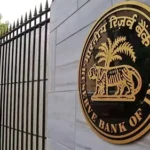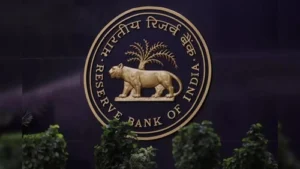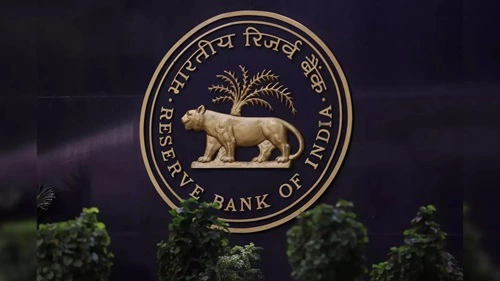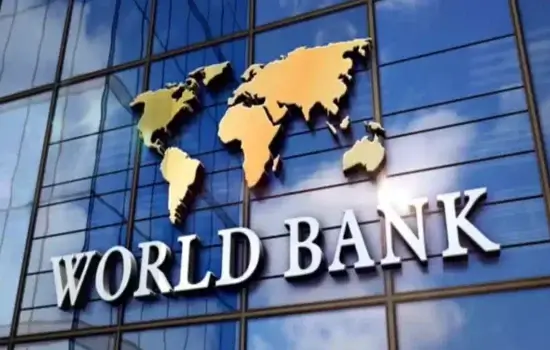Retail banking, which is also called consumer or personal banking, is the service that banks give to regular people like you and everyone else. In the simplest words possible, it is actually made to meet the financial wants of individuals, not businesses or large companies. To begin, you see, retail banking includes simple tasks like setting up and managing checking and savings accounts. Want to borrow money to buy your dream car or house? Well, for just that, you can get personal loans and mortgages from retail banks. Oh, and those shiny credit cards that we all use? They come with the package too.
But that’s not it though. You can get financial services like certificates of deposit (CDs) and fixed deposits at retail banks. These are great ways to save money and earn interest. But the main question is: How do you get to these online services? It’s really helpful. There are many ways to use a bank: in person, at an ATM, online, or even on your phone through an app. Banks have made it possible for you to manage your money anywhere and at any time. That’s pretty much the beauty of retail banking. Let’s get to know the real benefits of this by taking a look at the advantages that we have listed below just for you. Here we go.
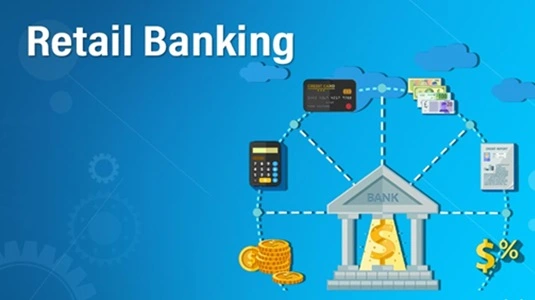
Advantages of Retail Banking
1. Rock-Solid Deposits
This is probably one of the biggest advantages of retail banking is that deposits in retail banks are extremely safe and steady. These deposits are made by regular people who use the bank for their normal banking requirements. And just because of this, they provide banks with a consistent and trustworthy source of funding, unlike large corporate deposits, which may be somewhat unpredictable.
2. Cheap Money for Banks
See, it is somewhat true that regular consumers don’t demand high interest rates, therefore retail banks can acquire low-cost capital and that’s one big thing that works in the favor of these banks. This allows banks to collect funds at a lower cost, which translates to greater interest rates on loans, so yes, YOU obtain cheaper loans and banks save money. It’s a win-win situation.
3. That Personal Touch
Relationship management with customers is a strong part of retail banks, well, usually that’s the case. They specifically have managers who are committed to meeting your individual needs and will provide you with tailored recommendations and assistance. This kind gesture makes you feel appreciated and understood, which in turn increases your loyalty and trust, right?
4. One-Stop Shop
Savings accounts, loans, and credit cards are just a few of the many services offered by retail banks. With one location for all of your financial needs, whether that’s a brick-and-mortar aka physical location, or an internet platform, managing your money has never been easier.
5. Tech and Convenience
These days, ease of use is king in retail banking, and that seems to be the case with everything nowadays. With the craze for digital wallets, mobile apps, and online banking, managing your money has never been easier.
6. Economic Powerhouse
But did you know that the retail banking sector is vital to economic growth? How and why? Well, simply put, they make credit more accessible, which encourages consumers to spend more and boosts the economy. In addition to providing services and opening branches to neglected areas, they help spread the word about financial inclusion and generate employment opportunities. That’s what traditional banks do, but with retail banking, this happens on another level.
Disadvantages of Retail Banking
1. Big Costs
Retail banking comes with a hefty price tag. Want to know what it is? Well, you see, a lot of money goes into paying employees, upgrading technology, and constructing branches. Banks may find it challenging to maintain competitive service prices due to these charges.
2. Tech Troubles
Many banks have failed to adapt to the rapidly evolving technological landscape, despite the widespread popularity of online banking. And that’s the very reason why customers out there may become frustrated and move to competitors who upgrade their tech faster if banks are sluggish.
3. Fierce Competition
There is more than just intra-bank competition among banks. Mutual funds and peer-to-peer lending are two alternatives to banks that they face competition from. At first, it might appear like just a normal rivalry between these competitors, but you’ll get to know about it more once you delve a bit deeper. It is literally cutthroat competition out there in the finance sector, and that’s the very reason why traditional banks find it challenging to retain customers because of the attractive returns offered by these alternatives.
4. Tech Investments
In order to maintain their relevance, banks must heavily invest in technology. Keeping up with the tech is one of the major and most important things that banks can’t compromise with, especially considering that we are now living in 2024 where everything is going digital. Cybersecurity and internet banking platforms are part of this. However, investments like these can be costly, and they aren’t always put to good use.
5. Loan Monitoring
Banks have to keep track of payments since they manage a lot of loans, right? Because of the amount of time, energy, and materials needed, this is an expensive as well as time and effort-consuming procedure.
6. Cybercrime Risks
If you haven’t been a victim of cybercrime, then we’d like to tell you that these are very real and happen to a lot of people out there, especially those who aren’t aware of it. The rise of online banking has elevated the threat of cybercrime. Phishing and card skimming are on the rise. Keeping one step ahead of fraudsters is difficult even with solid protection, and a major breach can cause significant damage.
7. Bad Loans
As you may already know, loans that aren’t getting paid back are called non-performing assets, or NPAs. The lack of revenue they generate is bad news for financial institutions. Non Performing Assets (NPAs) are costly and time-consuming to manage, and that’s really a headache for banks or financial institutions involved in retail banking.
Comparison Between Advantages and Disadvantages of Retail Banking
| Advantages | Disadvantages |
| Stable and reliable deposits | High operational costs |
| Access to low-cost funds | Struggles with tech adaptation |
| Personalized customer service | Intense competition |
| Comprehensive range of services | Significant tech investment required |
| Convenience through technology | Complex loan monitoring |
| Supports economic growth | Cybersecurity risks |
| Managing non-performing loans |
Retail Banking FAQs
Q1: What is the primary focus of retail banking?
A1: Retail banking primarily focuses on providing financial services to individual customers, including savings accounts, loans, and personal financial products.
Q2: How does retail banking benefit customers in India?
A2: Retail banking benefits customers by offering convenient access to banking services, personalized customer support, and a wide range of financial products tailored to individual needs.
Q3: What are some common challenges faced by retail banks?
A3: Retail banks face challenges like high operational costs, competition, cybersecurity risks, and managing non-performing assets (NPAs).
Q4: How has technology impacted retail banking in India?
A4: Technology has significantly impacted retail banking by enabling online banking, mobile apps, and digital payments, making banking more accessible and convenient for customers.
Q5: What role does retail banking play in India’s economic growth?
A5: Retail banking plays a vital role in India’s economic growth by providing credit, promoting financial inclusion, and supporting consumer spending.

